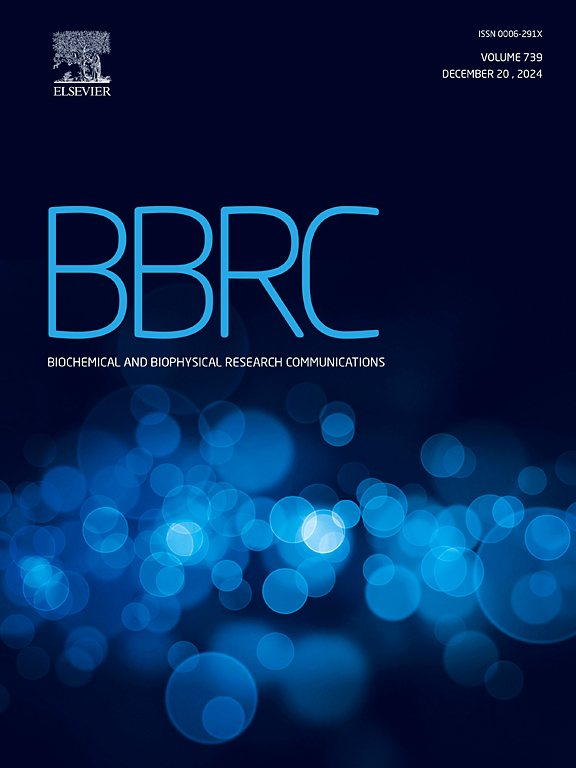The experimental study of the effect of fluid shear force on the migration rate of human umbilical vein endothelial cells
IF 2.5
3区 生物学
Q3 BIOCHEMISTRY & MOLECULAR BIOLOGY
Biochemical and biophysical research communications
Pub Date : 2025-03-13
DOI:10.1016/j.bbrc.2025.151619
引用次数: 0
Abstract
Background
The vascular endothelium is a continuous monolayer of flattened cells that cover the surface of the lumen of blood vessels. Endothelial cell damage can readily result in thrombus formation and thickening of the intima. Accelerating the migration and repair of peripheral endothelial cells is essential. Shear force is an important hydrodynamic factor affecting endothelial cell function. We aimed to investigate the effect of different shear forces on the migration rate of endothelial cells.
Methods
Human umbilical vein endothelial cells (HUVECs) were used instead of endothelial cells to establish a cell scratch model. Plate flow chambers were then used to intervene in HUVECs growth with different shear force magnitudes (4 dyn/cm2, 8 dyn/cm2, and 12 dyn/cm2). The healing rate of the scratches was observed under light microscopy, and finally the expression of RhoA and CDC42 was detected by molecular experiments. The expression of CDC42 factor was inhibited by siRNA interference, and the wound healing ability of HUVECs in the control group and the CDC42 inhibition group under different fluid shear forces was observed under light microscopy.
Results
High shear forces promote the healing of scratches. In addition, relatively strong shear forces promoted the expression of cytokines RhoA and CDC42. Compared with untransfected HUVECs, HUVECs with inhibition of CDC42 expression by siRNA interference showed weak migration ability in different fluid shear groups.
Conclusion
Increasing fluid shear force in a range (4–12 dyn/cm2) contributes to endothelial cell migration. Inhibition of CDC42 expression weakened the migration ability of HUVECs under different fluid shear forces.

求助全文
约1分钟内获得全文
求助全文
来源期刊
CiteScore
6.10
自引率
0.00%
发文量
1400
审稿时长
14 days
期刊介绍:
Biochemical and Biophysical Research Communications is the premier international journal devoted to the very rapid dissemination of timely and significant experimental results in diverse fields of biological research. The development of the "Breakthroughs and Views" section brings the minireview format to the journal, and issues often contain collections of special interest manuscripts. BBRC is published weekly (52 issues/year).Research Areas now include: Biochemistry; biophysics; cell biology; developmental biology; immunology
; molecular biology; neurobiology; plant biology and proteomics

 求助内容:
求助内容: 应助结果提醒方式:
应助结果提醒方式:


